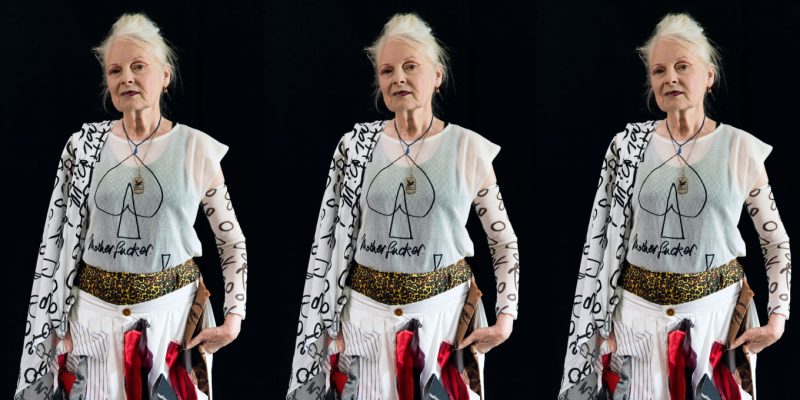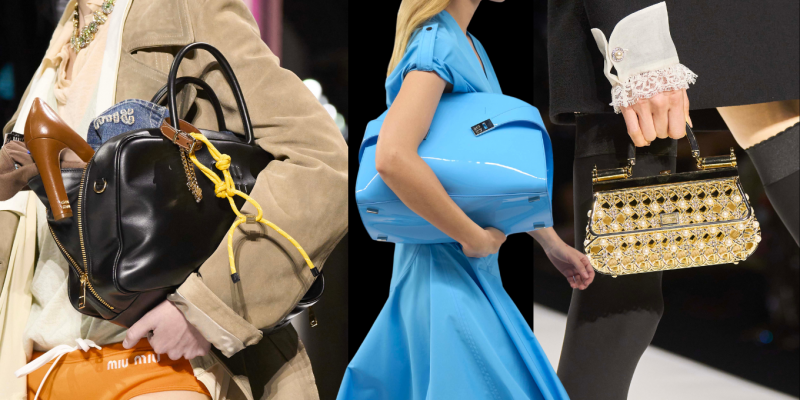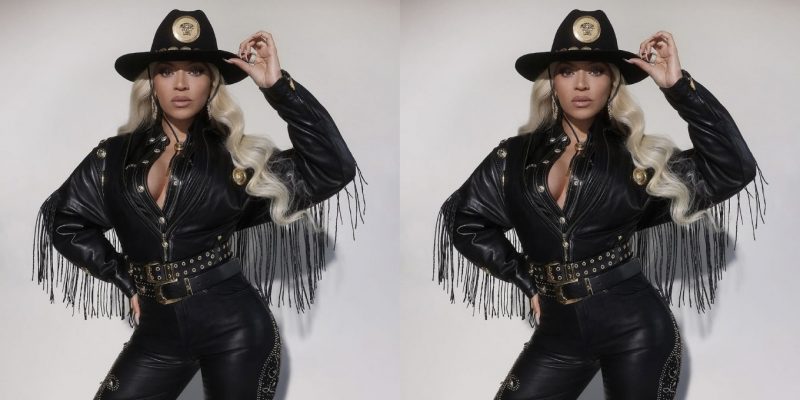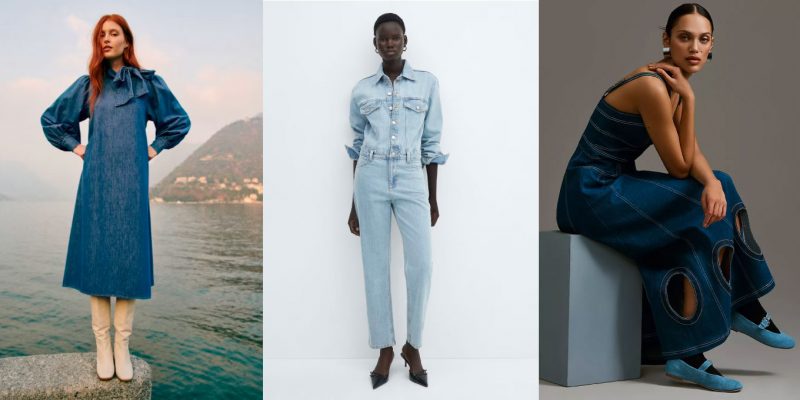Trends
Why Archival Designer Pieces Are Having Their Fashion Moment
A new generation of collectors have an unquenchable thirst for haute vintage.
by : Randi Bergman- Mar 3rd, 2023
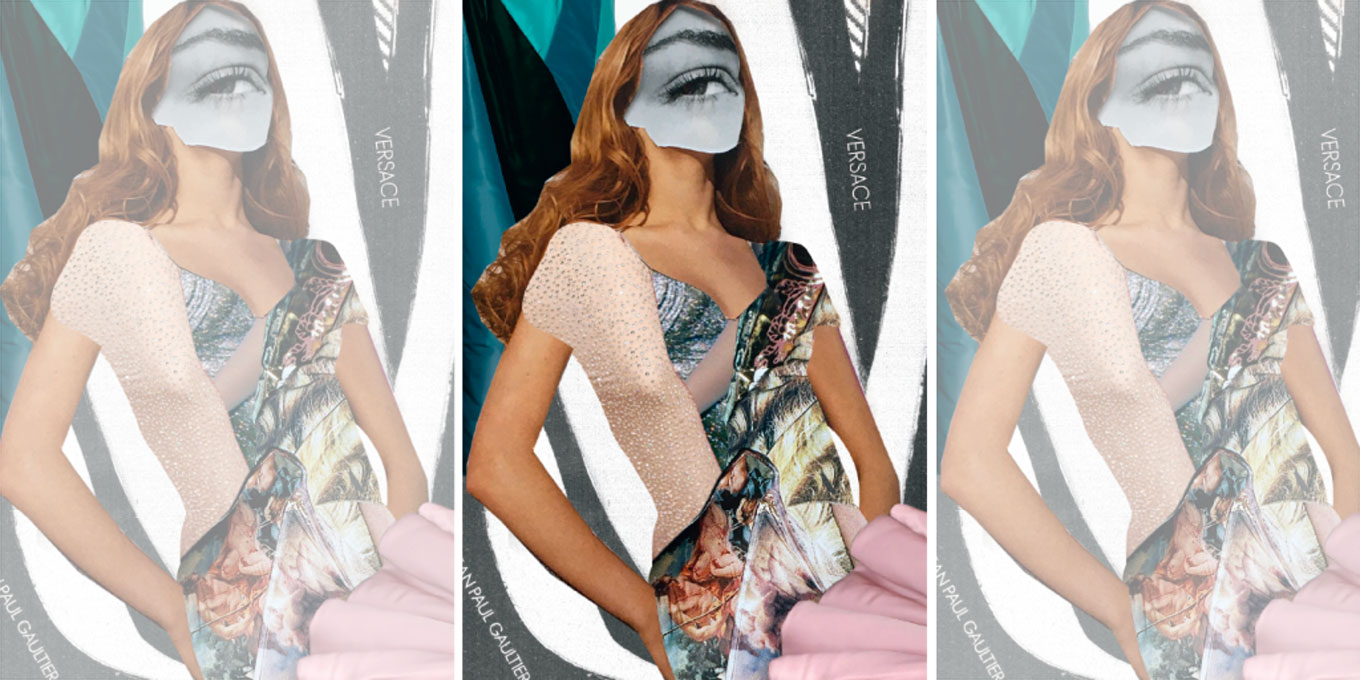
Collage: Anne-Sophie Perreault
When Kim Kardashian wore Marilyn Monroe’s legendary crystal Jean Louis dress to the 2022 Met Gala, the internet erupted with equal parts delight and dismay. While her red-carpet appearance was the most headline-grabbing moment of the night, many in the latter camp felt that the dress—famously worn by Monroe when she serenaded John F. Kennedy with “Happy Birthday, Mr. President” during a 1962 Democratic Party fundraiser—is a historical artifact best preserved under lock and key. Indeed, the dress is a piece of American mythology, becoming the most expensive in history after it was purchased by Ripley’s Believe It or Not! for over $6.4 million in 2016. (The museum claims the dress is now worth upwards of $13 million.) Reports of damage to the dress only fuelled the ire, but the stunt raised an interesting question about the inherent function of fashion: Should something that’s meant to be worn ever be considered too precious for human contact? While the Monroe dress is an extreme example, Los Angeles-based fashion collector Johnny Valencia says, “There’s nothing worse than being told that you can look but can’t touch.” Valencia is the owner of Pechuga Vintage, an online archive store known for ultra-rare designer finds. He often goes head-to-head with institutions like the Metropolitan Museum of Art over archival pieces— they bid on them for their permanent collections, while he bids on them for women who want to wear them out in the world. On the Marilyn dress controversy, Valencia recalls a Canadian fun fact: Ripley’s is owned by Jim Pattison, a Vancouver-based grocery billionaire who purchased the dress in part to promote his chain, Save-On-Foods. Pattison’s Ripley’s does not adhere to the usual museum ethics codes. “It would be like me telling you what to do with your new Chanel bag that you purchased with your own money,” says Valencia. “If you want to destroy it, be my guest. Would it be a loss? Intrinsically, yes. Would it be morally wrong? That would depend on who you are asking.
Valencia is part of a new crop of Insta-famous vintage dealers who are popularizing archival pieces. Once the exclusive domain of institutions, archivists and seasoned collectors, rare vintage now represents an opportunity for fashion enthusiasts to set themselves apart from everyone else on the hamster wheel of microtrends. Kerry Taylor, an auctioneer who has specialized in antique fashion and textiles as well as contemporary haute couture at her London house, Kerry Taylor Auctions, since 2003, counts a younger demographic among her growing clientele. “We have a lot of young women who understand what good-value vintage fashion is—usually better-made, unique pieces that you won’t find someone else wearing at a party,” she says. To wit, archival designer wear has become de rigueur for young stars on the red carpet. Take, for instance, Cardi B in 1995 Thierry Mugler couture at the 2019 Grammy Awards, Olivia Rodrigo in 2001 Versace at the 2021 MTV Video Music Awards and Zendaya in 1998 Bob Mackie at the TIME100 Gala in 2022. A quick scroll through your Instagram feed would serve up countless others.
The demand for ultra-rare fashion has skyrocketed among celebrities and everyday shoppers alike, and just like with art collectors, this demand is reflected in market value (read “climbing prices”). Since 2019, it’s been impossible not to notice the prevalence of Vivienne Westwood corsets from the 1980s and 1990s on everyone from Alexa Demie to Miley Cyrus to Megan Thee Stallion (all of whom are clients of Valencia’s). These corsets originated with Westwood’s fall/winter 1987/1988 collection and went on to become a house signature, later being adorned with the amorous imagery of 18th-century painter Francis Boucher in the early 1990s. The Boucher pieces have been particularly popular lately, fetching as much as £6,000 (about $9,700) each at auction, according to Taylor. With Westwood’s recent passing, demand climbed even further. (Valencia has lowered the price on some Westwood pieces in his store so that more enthusiasts have access to her designs.) Back in 2015, Valencia combed platforms like eBay and Poshmark and snapped up some of the corsets for around $150 each. Forecasting interest is key to dealers like Valencia’s success. “If you missed out when 2000s-era Dior saddlebags were selling for $125, you missed out,” he says.
Jean Paul Gaultier is another designer experiencing a renaissance, with his body-con designs—from extreme corsets à la Madonna’s 1990 Blond Ambition tour to suggestive trompe l’oeil prints—becoming so popular that the house re-explored and reissued them this year. (In an ironic twist, Gaultier was accused of knocking off the brand Syndical Chamber, which had in fact riffed on his own seductive nudes from the late ’90s.)
The popularity of archival Westwood and Gaultier could be chalked up to pop-culture influences—from Bridgerton to Euphoria—or body ideals. “[Their pieces] go perfectly hand in hand with the beauty culture we’re experiencing now: Girls who have BBLs can wear Gaultier because it’s Lycra,” says Valencia. The same goes for Westwood—a hallmark of the Kardashianification of the contemporary female body is a disproportionately small waist. More subversively, these pieces offer a recontextualization of fashion originals for a new era. Collections that were not critically successful at the time now feel freshly relevant. “Westwood was told that she was making clothes for drag queens, and now look where we’re at—drag queens are the ones starting all the trends,” says Valencia. “To think that all of this isn’t interconnected with sexuality and the socio-political aspect of where we’re at is to be blind to the effects that society has on fashion and vice versa.”
The idea of being able to wear art has always been central to the decisions of many a fashion enthusiast, so to have this mirrored in the way that we now collect special pieces as art is a boon. “An Eames chair is like a Westwood corset—it’s not only a mark of your savoir faire but also a status symbol,” says Valencia.
If you, like many of us, missed out on those vintage Dior saddlebags, look no further than your own closet to start your archive. Among the designers Taylor and Valencia are predicting will make it to high-demand status in the future are Iris van Herpen, Simone Rocha, Moschino and Balenciaga, plus a handful of impactful brand collaborations, like those between Fendi and Versace as well as Gucci and Adidas. “The way you buy, even in the current moment, needs to have a notion of longevity,” says Valencia. It’s just one more reason to shop smarter these days.
Read more:
Why Fashion Loves a Celebrity Power Couple
Patricia Field Does Everything for the Love of Fashion
Let’s Talk About Clique Culture
Newsletter
Join our mailing list for the latest and biggest in fashion trends, beauty, culture and celebrity.
Read Next

Culture
This University Elevates Women to New Professional Heights
You shouldn’t have to pause your life to move forward in your career.
by : ELLE Canada- Apr 16th, 2024

VIP
9 Stylish Icelandic Adventures Tailored to Fashion-Conscious Canadians
Iceland’s stylish escapades for the fashion-forward Canadian traveller blend elegance with adventure.
by : Contributor Content- Apr 15th, 2024

Culture
Discover Club Med’s Stunning Exclusive Collection
Vacation destinations that bring pure luxury and comfort.
by : ELLE Canada- Apr 8th, 2024

